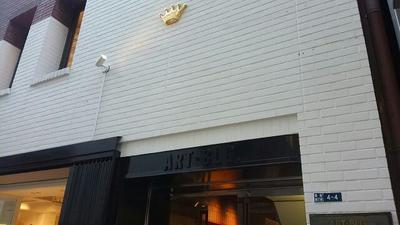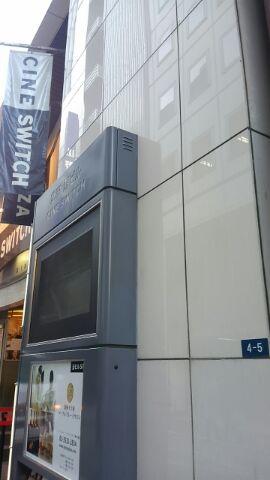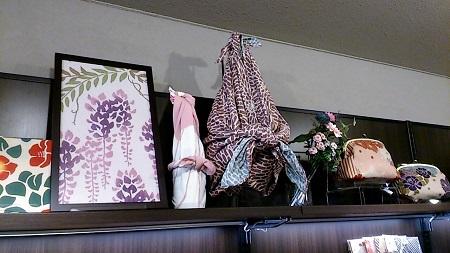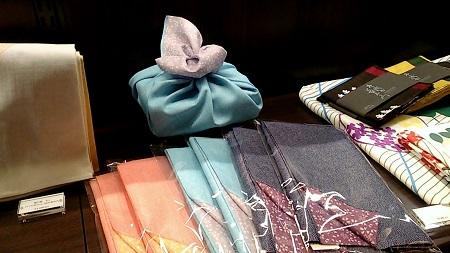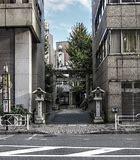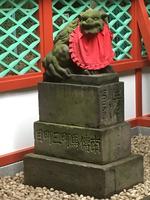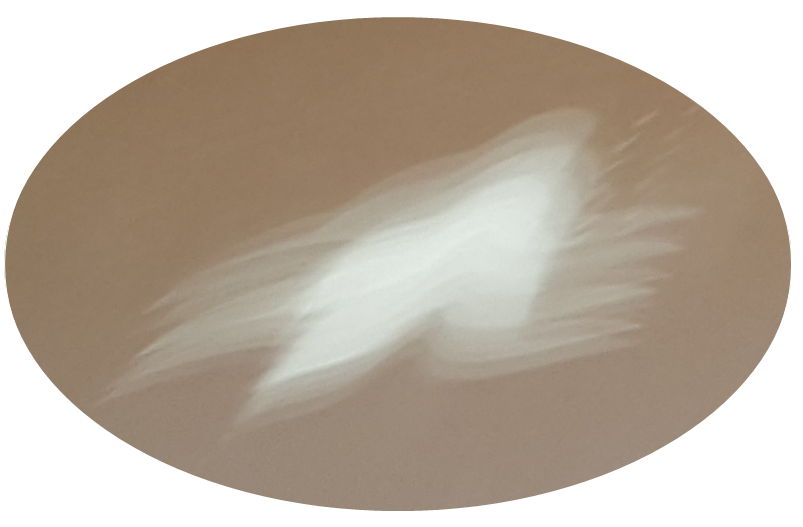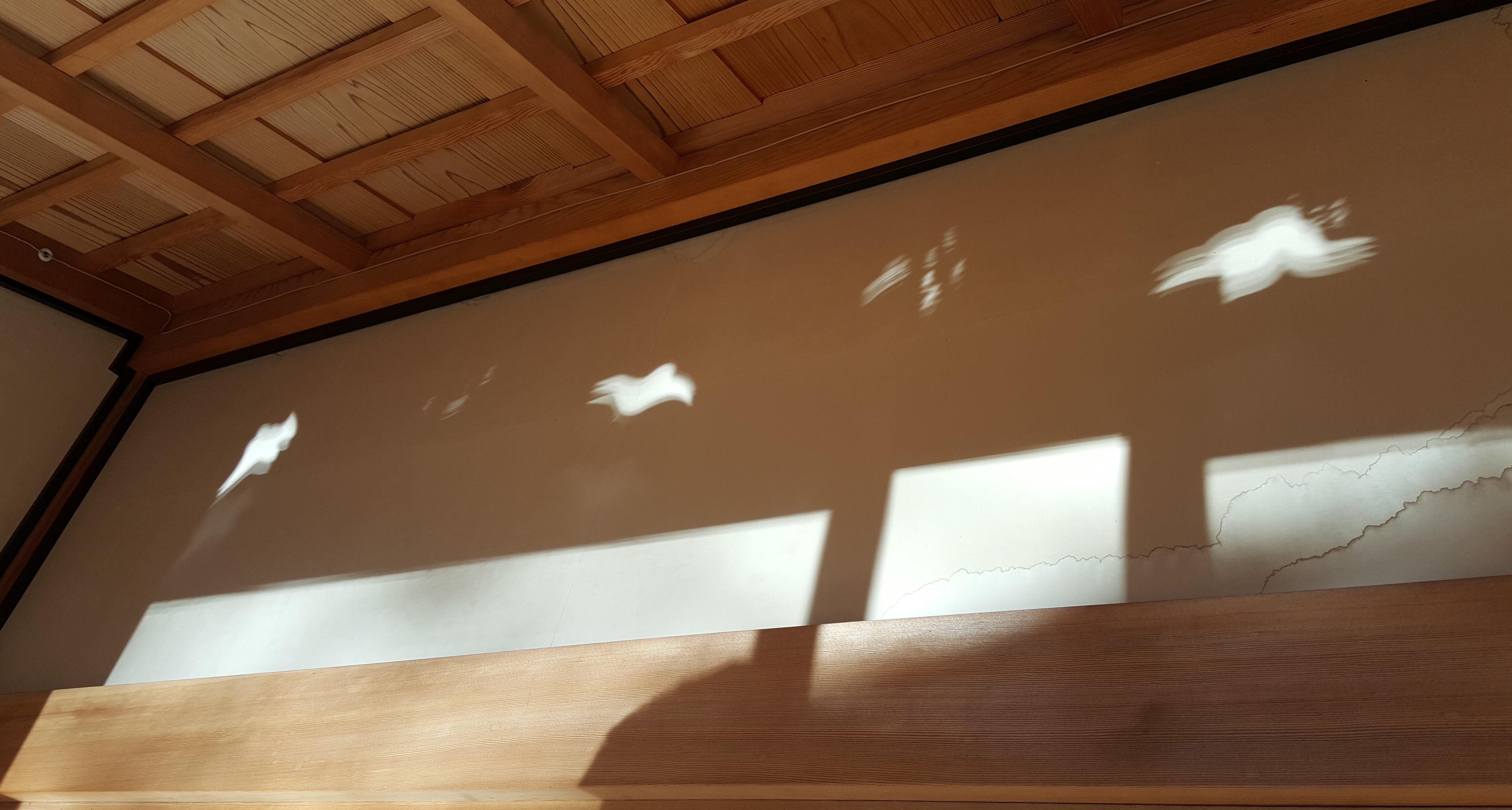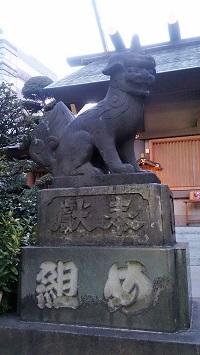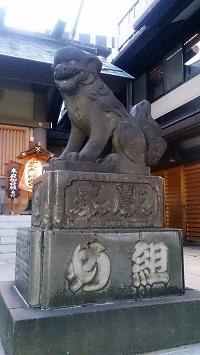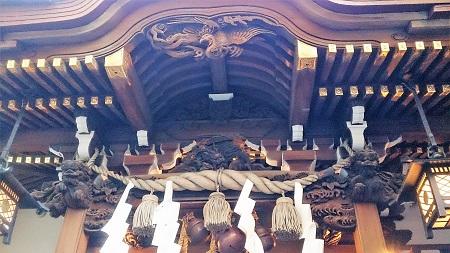Cold weather continues this year. There were several snows in Tokyo. The snow on January 22 was reported to be the first heavy snowfall in four years, and on TV, Tokyo people who were unfamiliar with snow and cars standing up were projected.
I remember that the heavy snowfall four years ago was also very difficult. At that time, I'm taking a cold picture.
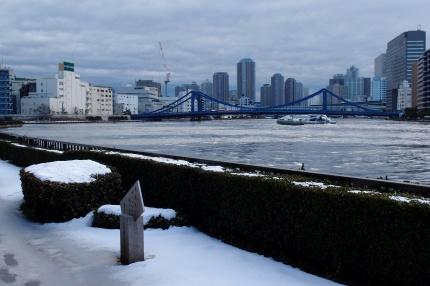
February 15, 2014. This day is the day of the 6th Chuo-ku Tourism Certification. After finishing my first test, I wanted to see the snow scenery of Kiyosu Bridge over the Sumida River from a distance, and walked on the Sumida River Terrace in Koto-ku, opposite Chuo-ku.
If you look at this picture, a certain event will come back to my head.
The other day, I walked along the Sumida River, following the memories of four years ago.

The snow continued from Valentine's Day the day before to midnight. On the morning of the test day, I was worried about the amount of snow I had accumulated, but I wanted to see the snow scenery of the Sumida River that I couldn't see much. .
The test site is the Royal Park Hotel in front of Suitengu, Chuo-ku. At that time, I lived in Koto-ku, so I decided to stop going by subway, walk across the Sumida River, and head to the venue.
There are a number of bridges that can be walked from Koto-ku to Chuo-ku, but the bridge that looks like snow is Kiyosu Bridge.
Kiyosu Bridge was built during the reconstruction of the Great Kanto Earthquake. While the Eitai Bridge on the same Sumida River is said to be masculine, Kiyosu Bridge is considered feminine because of its elegance, and is said to be "flowers of reconstruction after the earthquake" or "a lady of Sumida River".
Kiyosu Bridge is covered with snow. I imagined a beautiful white Kimono-like appearance and decided to go to this bridge.
However, the incarnation of Kiyosu Bridge was more than I imagined. Indeed, the "Snow Queen" like a Disney movie that became popular this year.
When he came to the side of the bridge, the Snow Queen immersed the hole in the drain with the snow that had been poured into ice and made the long sidewalk of the bridge into a puddle of ice. It's more than 20 centimeters deep, maybe about 80 meters long.
The Snow Queen stood like a castle gate. Rather than taking the test, it was the first gate that it was difficult to cross to Chuo-ku. He hesitant to cross over and over, stop taking the test, and think about returning.
Time is getting closer and closer.
Various thoughts were mixed, but "Let's cross!" 。 I will decide to step into the road to Chuo-ku.
The ice lake across the gods is a Valentine's Day from the Queen of Snow. And he went on to the world beyond the bridge, killing his breath.
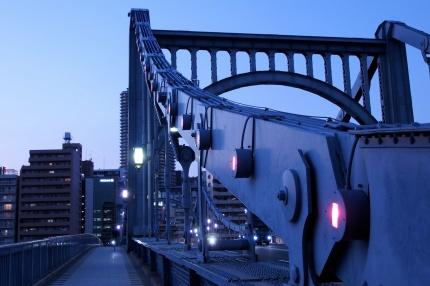
I took the test with my legs frozen. I don't remember much, but I only remember that there were many vacant seats.
The ice path at that time was painful, but now I think it's a very memorable present.
After the exam was over, I got a feeling that I could become a correspondent, and I looked at Kiyosu Bridge from a distance, probably for the report. That cold photo is a piece that reminds me of that time.
By the way, Mr. Kiyosu Bridge with such memories is now being recolored. This is a work to replace the highly decorative lighting fixtures that decorate the bridge with those designed at the time of construction.
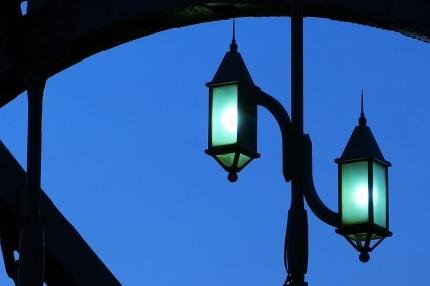
Even today's decorative lighting is very good. I think it is often thought of with a design incorporating curves. It seems to have been changed to this design one day, and as far as you can see the old photos, this decoration has been attached for about 30 to 40 years.
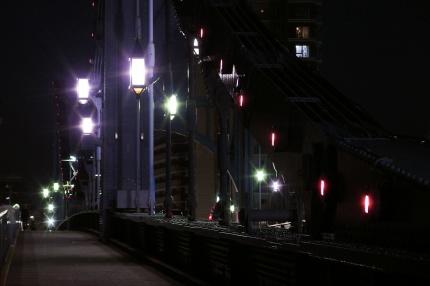
However, Kiyosu Bridge is a suspension bridge that has been designated as a national important cultural property, and its design philosophy is highly evaluated.
From the beginning of construction, a civil engineering heritage designed with the image of a woman in contrast to a powerful masculine Eitai Bridge.
So this construction is a recoloration that will return to the figure based on the design philosophy. The same color modification is being carried out at Eitai Bridge.
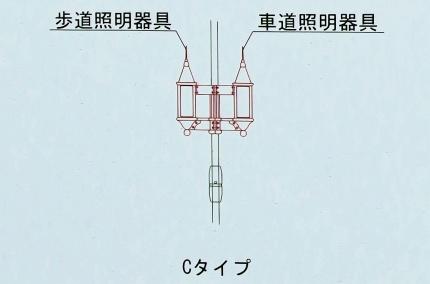
(A part of the design that changes this time. In the Hashizume River of Kiyosu Bridge
The lighting of this design is left in the form of a monument.
With the reconstruction of the Great Kanto Earthquake, many bridges were built over the Sumida River. However, the design is not the same as one.
Among those bridges, Kiyosu Bridge was the most expensive one. It is said that women would cost money, but that was the same on the bridge.
It was built to imitate the Great suspension bridge in Cologne, Germany at the time, but when the bridge was built, the view of the bridge seen from the Mannen Bridge on the Onagi River in Koto-ku was praised as "the view of Cologne."
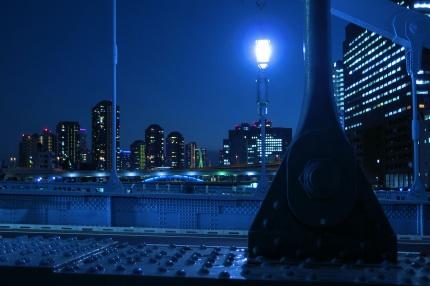
Construction was completed in March 1928. We are celebrating the 90th anniversary of this milestone.
Mr. Kiyosubashi returns to his appearance 90 years ago. I'm looking forward to seeing you again.
